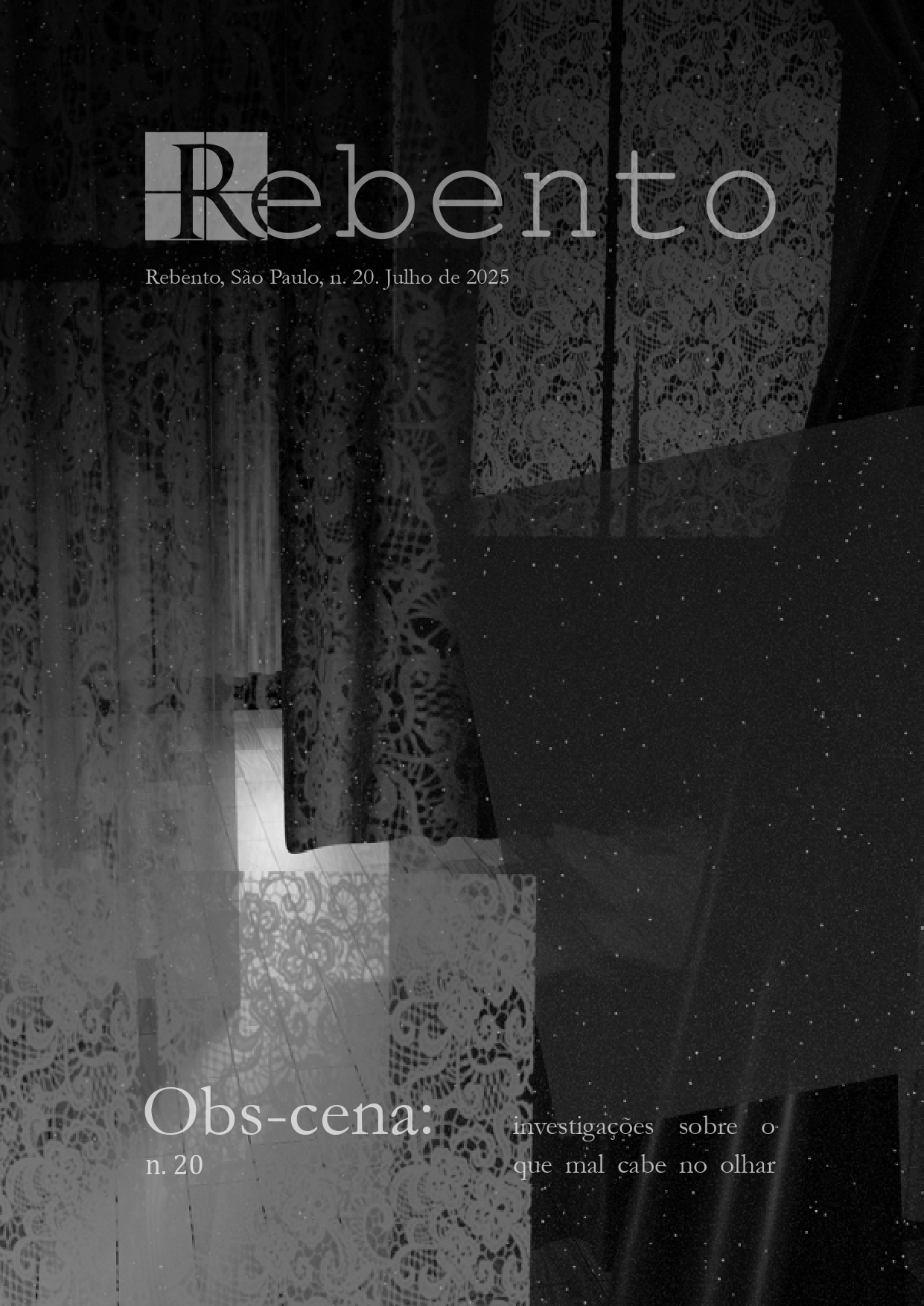The incomprehensible as method
the encounter between art history and indigenous arts
Abstract
Based on the short story “La Busca de Averróis” by Jorge Luís Borges, the article intends to point out that the understanding, in some of the most used books in the teaching of art history, about indigenous arts is quite dated. A major problem pointed out is that the way they analyzed the artistic work of the indigenous people was more revealing of the culture of the one who was doing such analyzes than of the indigenous cultures. The classic system of art history, categorizing a group of objects to call them works of art and thinking that these objects are representations, is incompatible with the dynamics of making, operating and conserving indigenous art objects: such peoples do not endow some objects with the status of arts while others will be mere objects. In addition, they do not always conceive that such objects work in the way of being representations of an absent object. Therefore, non-indigenous peoples, like the character Averróis from Borges, can make an effort to understand the meanings of these arts but, because they are fated to live in another culture, it is difficult for them to capture their full meaning.Downloads
Published
Issue
Section
License
É responsabilidade dos autores a obtenção da permissão por escrito para usar em seus artigos materiais protegidos por lei de Direitos Autorais. A revista Rebento não é responsável por quebras de Direitos Autorais feitas por seus colaboradores.
Os autores mantêm os direitos autorais e concedem à revista o direito de primeira publicação, com o trabalho licenciado sob Licença Creative Commons do tipo atribuição CC BY-NC:
Atribuição (BY): Os licenciados têm o direito de copiar, distribuir, exibir e executar a obra e fazer trabalhos derivados dela, conquanto que deem créditos devidos ao autor ou licenciador, na maneira especificada por estes.
Uso Não comercial (NC): Os licenciados podem copiar, distribuir, exibir e executar a obra e fazer trabalhos derivados dela, desde que sejam para fins não-comerciais.
Após a publicação dos artigos, os autores permanecem com os direitos autorais e de republicação do texto.


